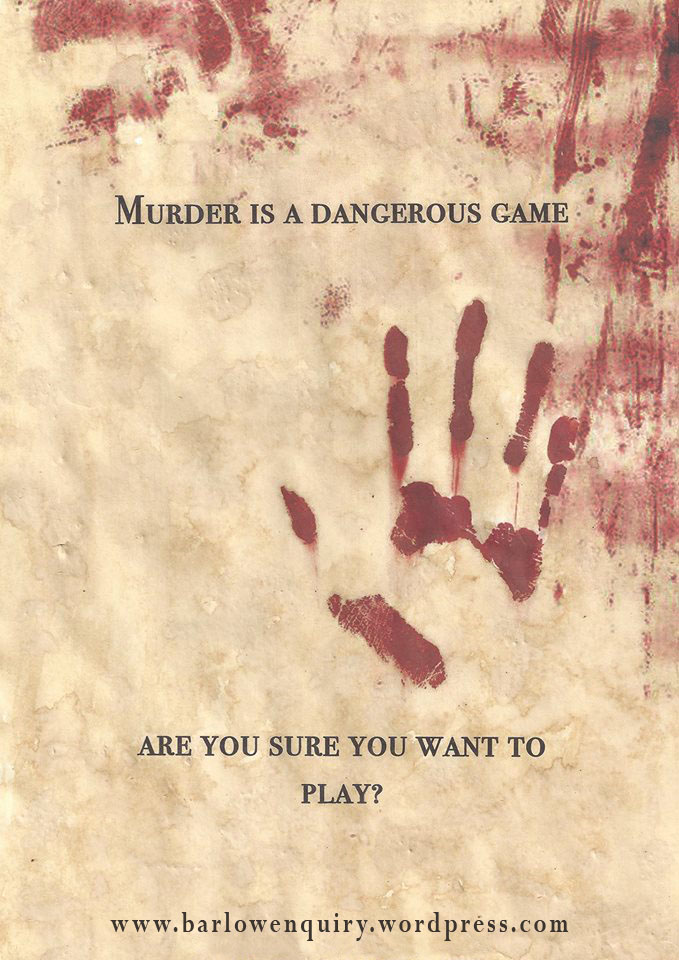The Story Lab – Project Brief 4B: Project Reflection

Creating The Barlow Enquiry was an experience I was very apprehensive to begin because of the size of the task that was presented to us. The very nature of an immersive and creative transmedia story is the complexity and death of the core narrative. These initials feelings quickly subsided as I was teamed up with Aidan, Bec and Holly who took my idea and helped to create a project we are all proud of.
At the project shopping market, Aidan and I talked about wanting the mystery to be the key to our project but we introduced the mystery through a personal journey for a character currently living. This is where our fictional character of Atticus Barlow stemmed from, a 20-something man who had just lost his grandfather and in an attempt to feel close to him again, begins investigating his family tree and discovers the mystery of The Right Hand Man serial killer from the year 1901.
Atticus was used as the emotional component of our transmedia story to provide a more compelling reason to become involved in the investigation. The story became more than a murder mystery, it now was a personal journey of family secrets and discovery. One of my roles for the project was to build up the character of Atticus through the use of social media and so I created accounts on Facebook, Twitter and Instagram and even before the story had begun, I used them to create a life for the character outside of the mystery. We decided to cut down on the social media and so we removed the Instagram account from the project and I used Twitter the same way any twenty year old would to cement Atticus’ personality for the audience. This was mildly successful as it made it seem as if the character existed in our real life yet only a small percentage of the audience saw the Twitter posts.
Our story became much larger than we originally anticipated through the creation of a secret society called ‘The Hands of the Many’ and having ten main characters from 1901. The most challenging aspect of our project was the creation of evidence for players to use to piece together the identity of our serial killer. To develop a convincing mystery, we had to make a lot of documents that formed a cohesive narrative while also littering clues across them all so the players were not spoon fed information. This was challenging and I think to fully realise each component, we should have spent more time in the early weeks of the project focusing on our story so we could map out exactly how much we needed and how the evidence would connect.
Our project followed our statement from week seven rather closely as throughout the project we remained dedicated to creating Atticus as a three-dimensional character. We wrote his blog updates from his perspective and used Twitter to build a life outside of the investigation.
We also created the anonymous character Elizabeth Oshiro who had been investigating the same case during the 1980’s for different reasons. She is the source behind the planned dead drop who wishes to remain anonymous so she uploads files to USBs and places them in Melbourne for the players to find to create our ARG component.
I enjoyed creating The Barlow Enquiry and working with my fantastic team and this project provided in-depth insight into the creation process of a transmedia story.






